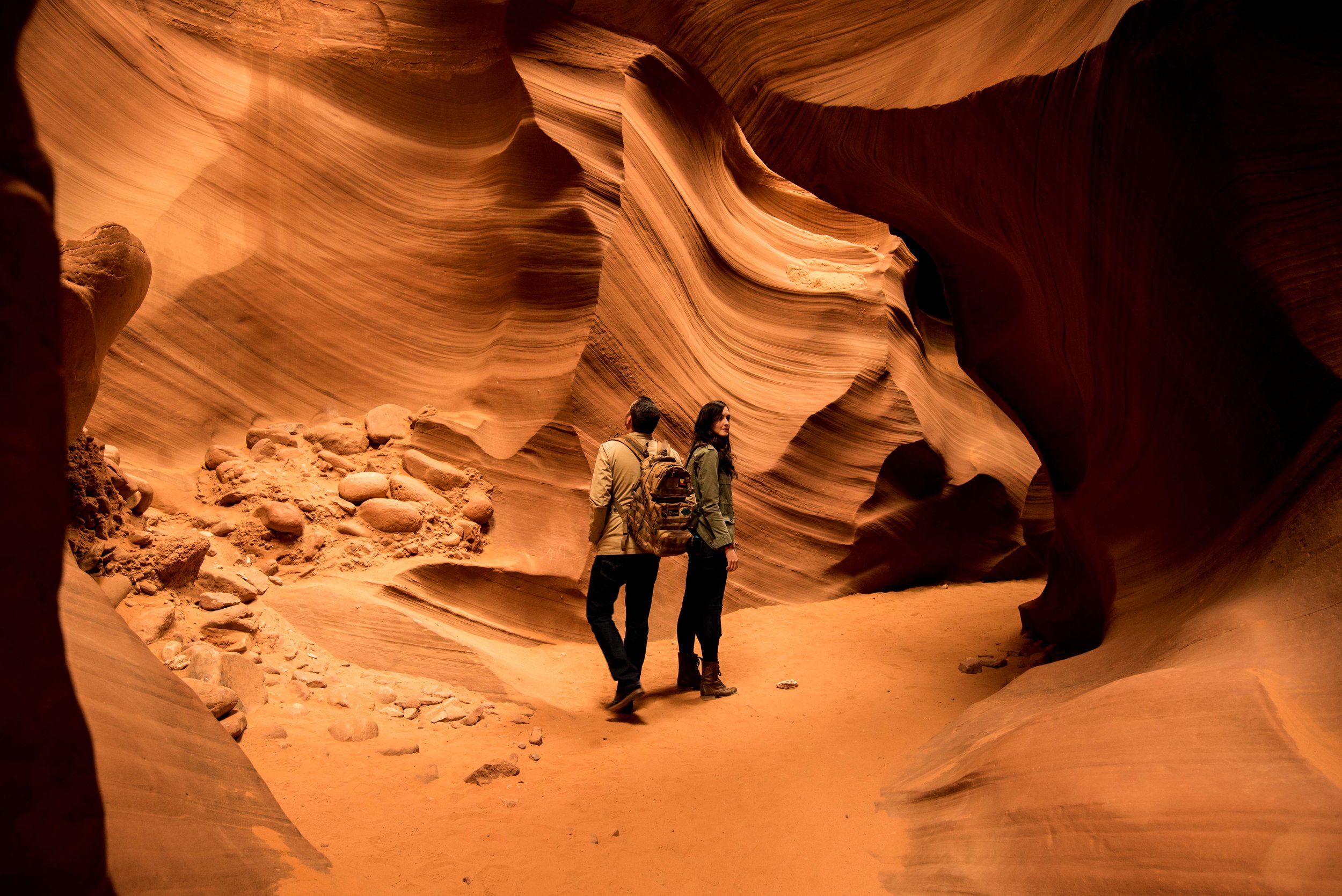I love Photoshop...but...
I love Photoshop. I do. I’m not even very good at Photoshop but I love the promise that it holds. Is the picture too dark? That's a quick fix. Not as symmetrical as it could be? No problem. Not happy with how your chin looks…well…you get the point. Everything can be fixed in post. I love Photoshop.
But…Photoshop is a crutch. It’s all too easy to rely on the software. Why struggle and work to get it right in the camera if it can all be fixed later? In an effort to break that habit, I ordered a vintage Polaroid SX-70 and a few packs of Impossible Project film. Why Polaroid? Because it’s the opposite of digital and Photoshop. I can't fix it in post. It's unpredictable. It's not perfect. When the film comes out of the camera, it is what it is. That white frame around the picture proves that it hasn't been tampered with. It’s actually very refreshing.
The Camera and The Film
In 1972, Dr. Edwin Land announced the release of the Polaroid SX-70. It was the first instant SLR camera. It is beautiful. It has a gorgeous leather and metal design and folds down to almost nothing. There are only two controls, manual focus and exposure compensation. You focus and pray you guessed the exposure correctly.
Focus on the left, light/dark exposure compensation on the right.
Polaroid stopped making film in 2009. That's where The Impossible Project comes in. From the ground up they re-created and re-engineered the film. All of that innovation isn't cheap though. The film runs 24 dollars for a pack of 8.
The SX-70 folds down to a very compact size.
The Shots
So what do you get for three dollars a shot? How does Impossible Project film perform? It's kind of a mixed bag. Here are a few shots from my first two packs.
My two favorite. I love light trails.
Shadows for days.
This first one is badly overexposed but I like the shape of the ferris wheel. The color reproduction on the second is definitely off. The brick wall Charise was standing in front of was bright blue.
The blues here are much better.
These 8 didn't quite work out. Mostly because I was shooting the low ISO SX-70 film indoors.
Conclusion
I can't compare Impossible to Polaroid because I never used the original but it's definitely not perfect. Judging exposure is difficult and developing was slightly inconsistent from shot to shot. However some of that could have been caused by my lack of experience with the film and the age of my camera. The eight directly above were shot inside, something this film isn't designed for without a flash. The quality of the print is worse than any cell phone picture your likely to take. If your looking for total control and consistency, this film isn't for you. But if that's what you're looking for, this whole setup isn't for you.
Polaroid and Impossible Project isn't about having the highest quality print possible. It's about the experience. It's about doing the same thing in a completely different way. There is something satisfying in producing a tangible object. Something comforting in the sound of the camera ejecting each shot. Something interesting about not knowing for sure what each picture will look like. While it can be frustrating, the process from beginning to end is very enjoyable. I still love Photoshop and I don't plan on getting rid of my Olympus anytime soon. There may be better ways to take a picture but I don't think you can find one that's more fun.
* I was originally going to entitle this post, "Dr. Edwin Land or: How I learned to stop worrying and love the Polaroid." Should have kept the Kubrick reference.

